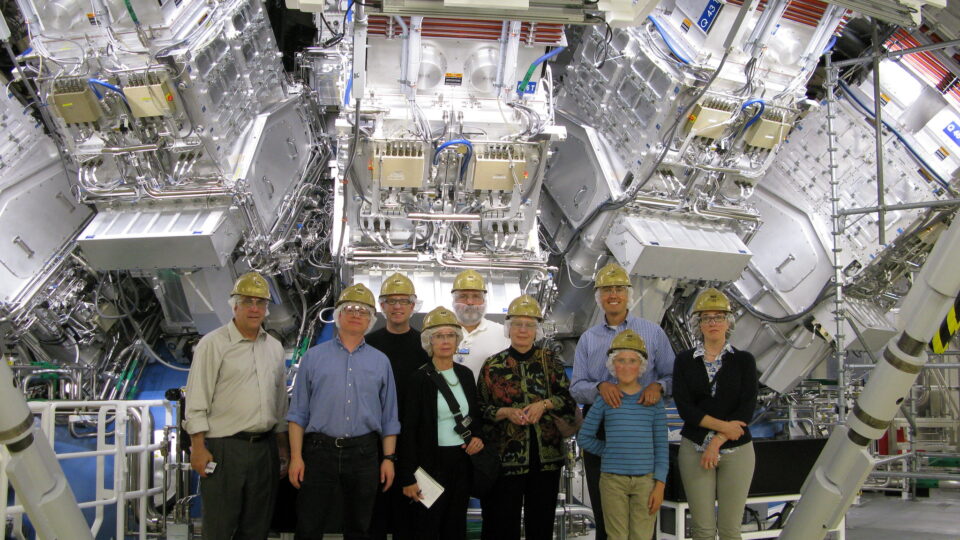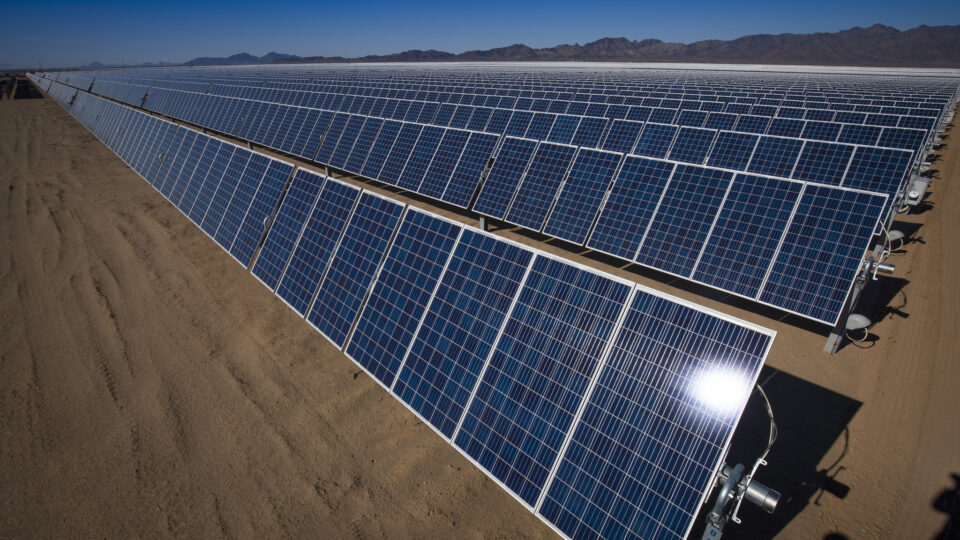A key goal of artificial photosynthesis research is to be able to produce a useful liquid fuel using only carbon dioxide, water, and sunlight in a single step. Such a so-called solar fuel would produce net zero carbon emissions and would be completely renewable.
Bioethanol has long been touted as a green alternative to fossil fuels, since it is made from plants rather than petroleum. But producing it takes up agricultural land that could be used to grow food instead and there are emissions associated with many aspects of the process by which plant mass becomes fuel.
Researchers from the University of Cambridge in the UK have developed a so-called artificial leaf that produces ethanol or propanol – usable liquid fuels – in a single step. They developed a copper and palladium-based catalyst that allows the artificial leaf to directly produce multicarbon complex chemicals. Earlier versions of artificial leaves could make simple chemicals, such as syngas, which would then require additional processing to turn into high-density fuels.
The new device produces liquid fuel from carbon dioxide and water simply by shining sunlight on it.
At present, the artificial leaf is a proof-of-concept device that exhibits only modest efficiency. The researchers are working to optimize the device’s light absorbers so that they can better make use of sunlight and to optimize the catalyst so that it can convert more of the sunlight into fuel. In addition, the device needs to be scaled up so that it can produce large volumes of fuel.
All that being said, it is an important step towards people being able to do what plants have been doing for millions of years.
**********
Web Links
Driving on sunshine: clean, usable liquid fuels made from solar power
Photo, posted March 23, 2015, courtesy of Astro via Flickr.
Earth Wise is a production of WAMC Northeast Public Radio



















